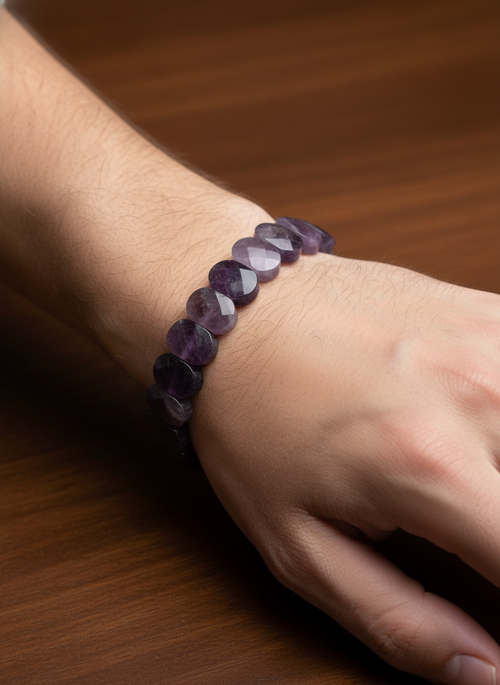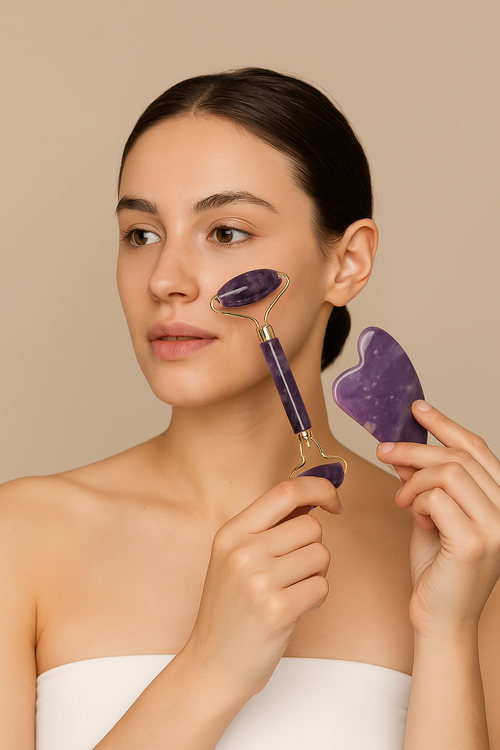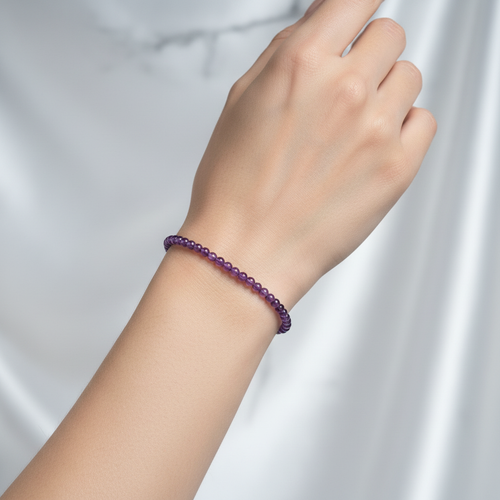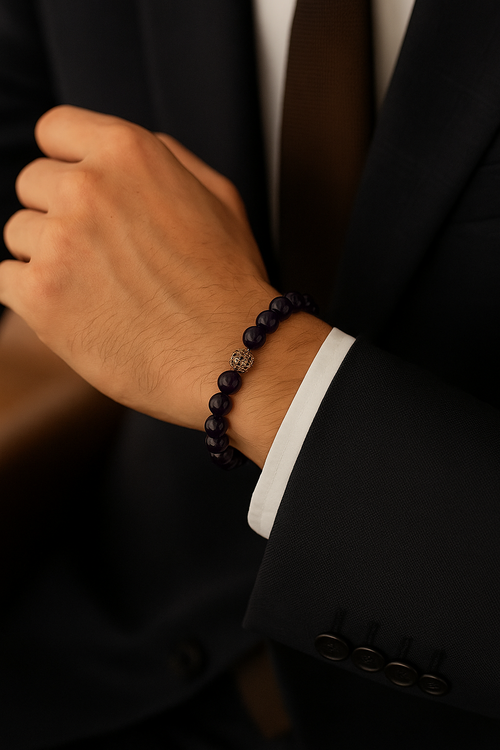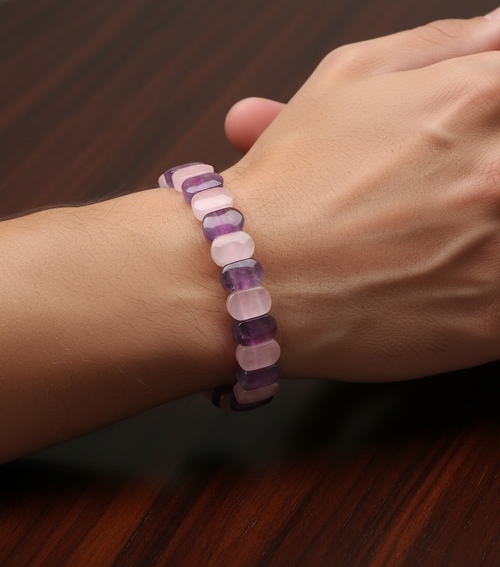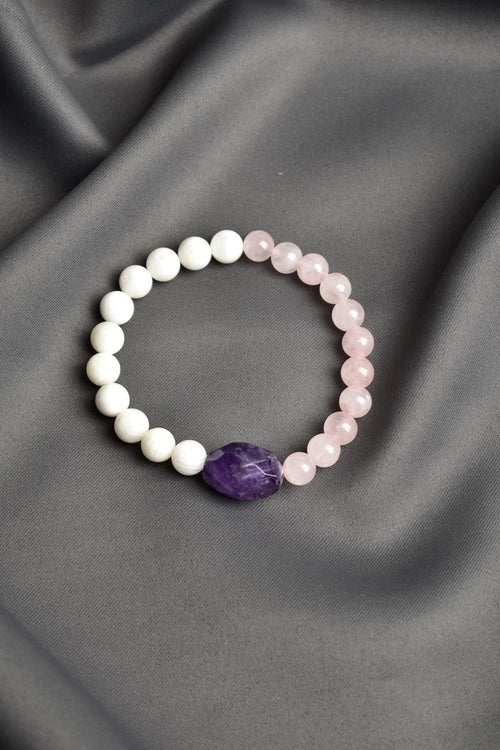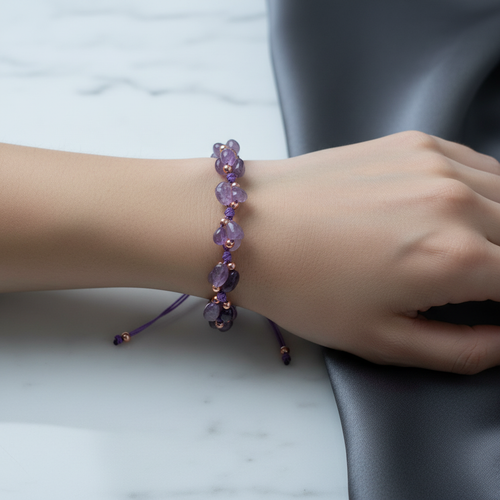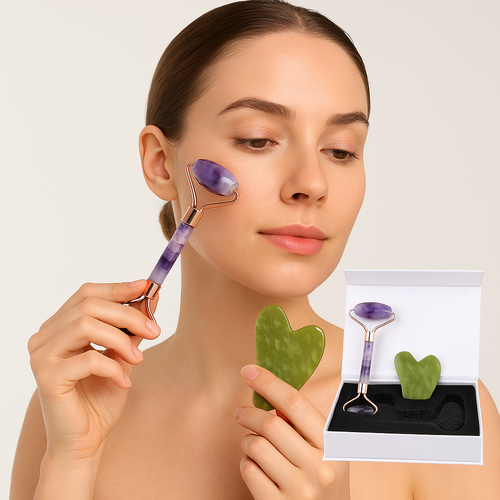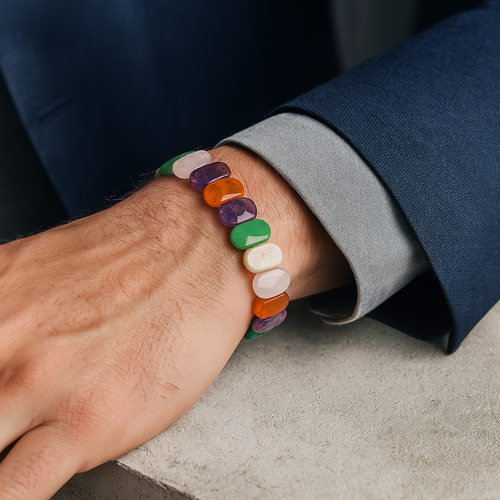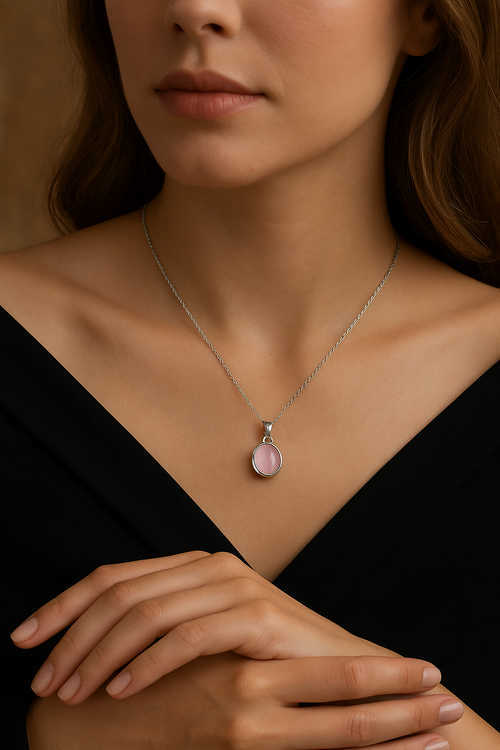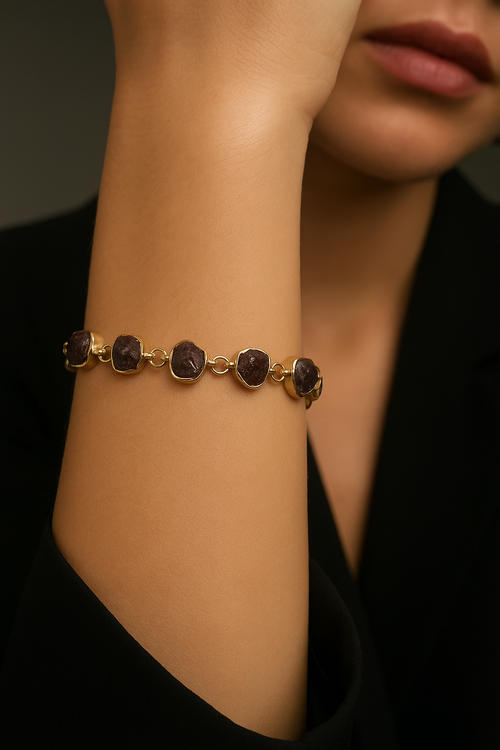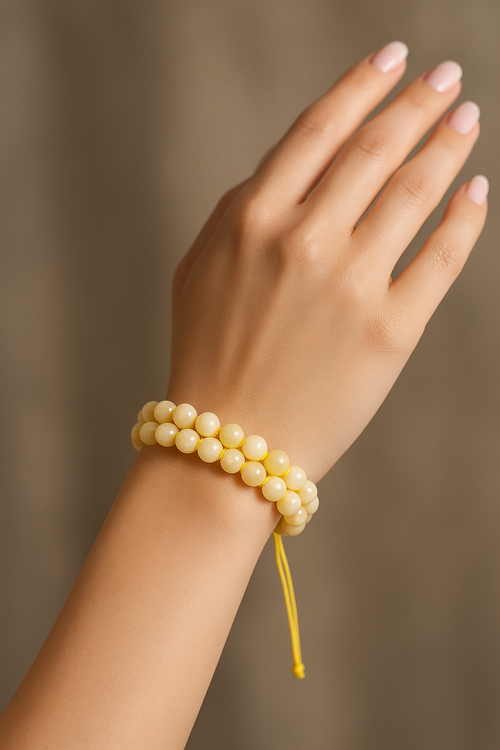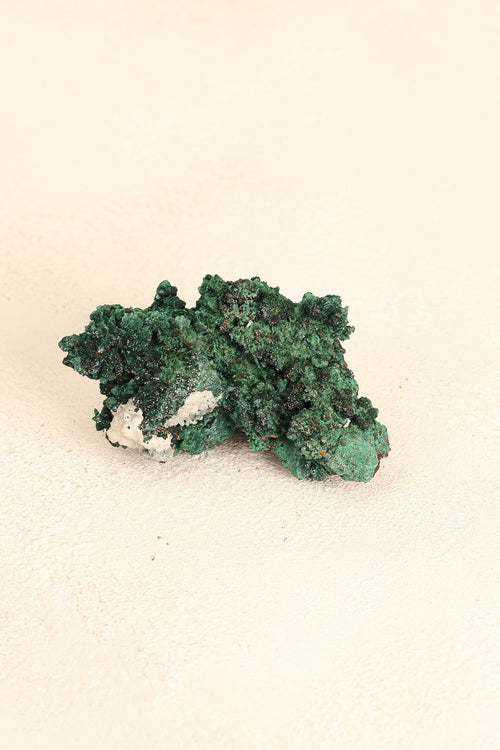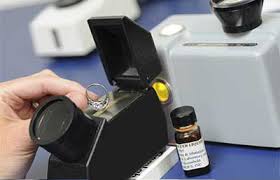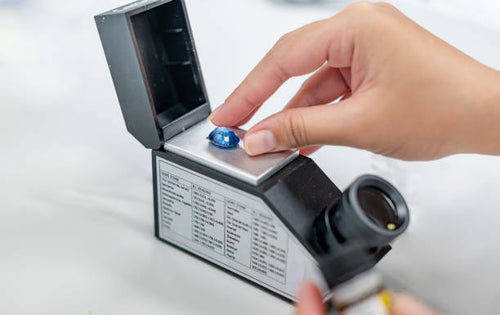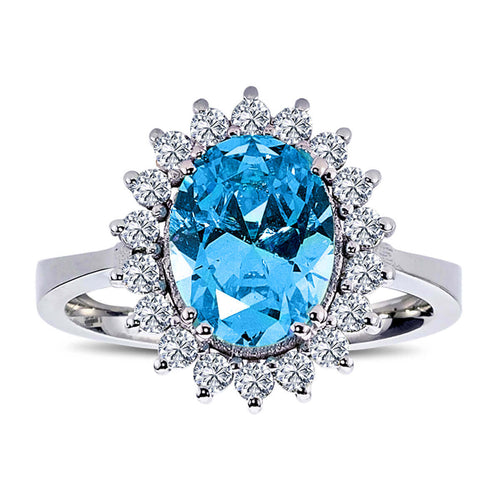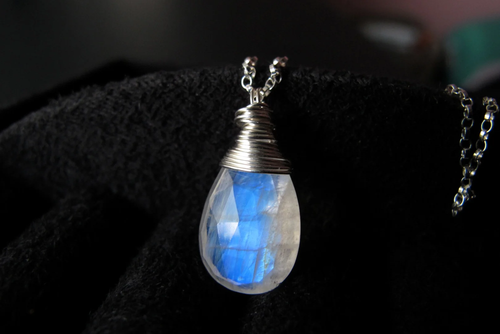ALL PRODUCTS IGSL INTERNATIONAL CERTIFIED
The brittleness of natural stones depends on factors such as their hardness, structural integrity, and inclusions (other minerals or foreign materials). The Mohs hardness scale measures a stone’s resistance to scratching, while brittleness refers to how resistant a stone is to impact or pressure. Here are some of the most brittle natural stones:
1. Opal
- Mohs Hardness: 5.5 - 6.5
- Fragility: Opal is quite brittle due to its high water content and amorphous structure. It is at high risk of cracking or breaking when dropped or impacted.
- Special Note: Opals generally need to be stored carefully to avoid cracking.
2. Turquoise
- Mohs Hardness: 5 - 6
- Fragility: Turquoise is considered a brittle stone due to its porous structure and the voids in its internal structure. It is sensitive to impacts and can crack easily.
- Special Note: Turquoise is often stabilized to reduce the risk of cracking.
3. Fluorite
- Mohs Hardness: 4
- Fragility: Fluorite is a delicate stone due to its low hardness and brittle nature. Impacts can easily cause the stone to crack or break.
- Special Note: Fluorite stone generally requires careful handling in jewelry.
4. Calcite
- Mohs Hardness: 3
- Brittleness: Calcite is very brittle due to its low hardness and brittle structure. It cracks easily when struck against hard surfaces or subjected to pressure.
- Special Note: Calcite is more commonly used in decorative objects rather than jewelry.
5. Selenite (Gypsum)
- Mohs Hardness: 2
- Fragility: Selenite is an extremely soft and brittle stone, very sensitive to scratches, impacts and even pressure.
- Special Note: Selenite is often used for decorative purposes and should be stored carefully.
6. Moonstone
- Mohs Hardness: 6 - 6.5
- Fragility: Moonstone is fragile due to the lamellae (thin layers) in its internal structure. It can easily crack as a result of impact or impact.
- Special Note: Moonstone should be handled and preserved carefully.
7. Rhodochrosite
- Mohs Hardness: 3.5 - 4
- Fragility: Rhodochrosite is a soft and brittle stone. It can be easily damaged by impacts and contact with hard surfaces.
- Special Note: It is often used in ornaments and as a collectible stone.
8. Aragonite
- Mohs Hardness: 3.5 - 4
- Brittleness: Aragonite can easily crack or break due to its low hardness and brittle nature.
- Special Note: Aragonite stone should be used carefully in decorative objects and collections.
9. Azurite
- Mohs Hardness: 3.5 - 4
- Fragility: Azurite is soft and brittle and can be easily damaged. Impacts and pressure can easily break this stone.
- Special Note: Azurite stone is often used in mineral collections and for decorative purposes.
10. Malachite
- Mohs Hardness: 3.5 - 4
- Fragility: Malachite is considered a brittle stone due to its porous and layered structure. It can be easily scratched and broken.
- Special Note: The surface of the Malachite stone is usually protected by polishing, but requires careful handling.
Conclusion
The fragility of natural stones varies depending on their hardness and structural characteristics. Fragile stones are generally used in ornaments or as collectible stones rather than jewelry. It is important to protect these stones carefully from impacts, pressure and hard surfaces. Being gentle when working with or storing fragile stones is the key to extending the life of the stones.



